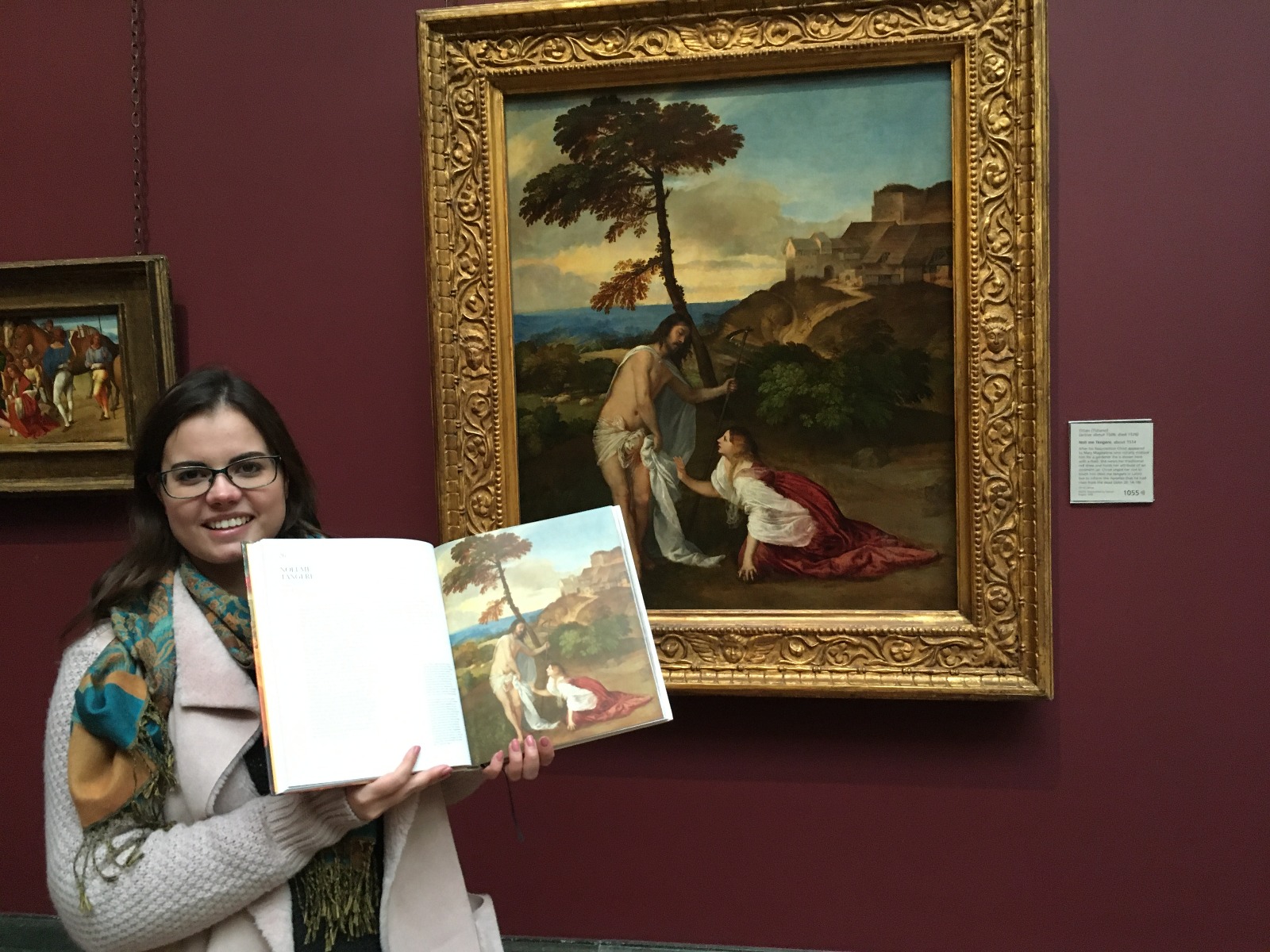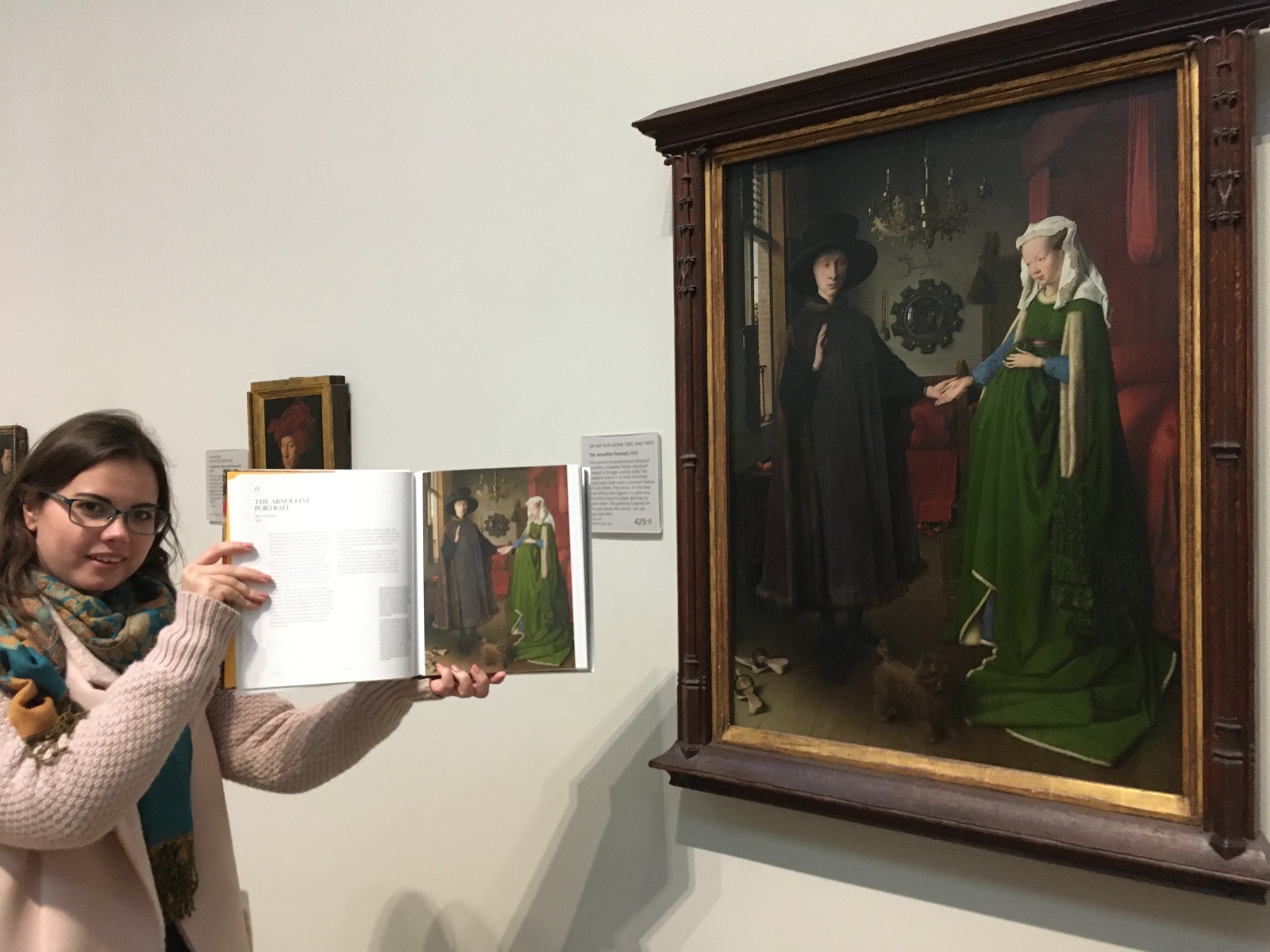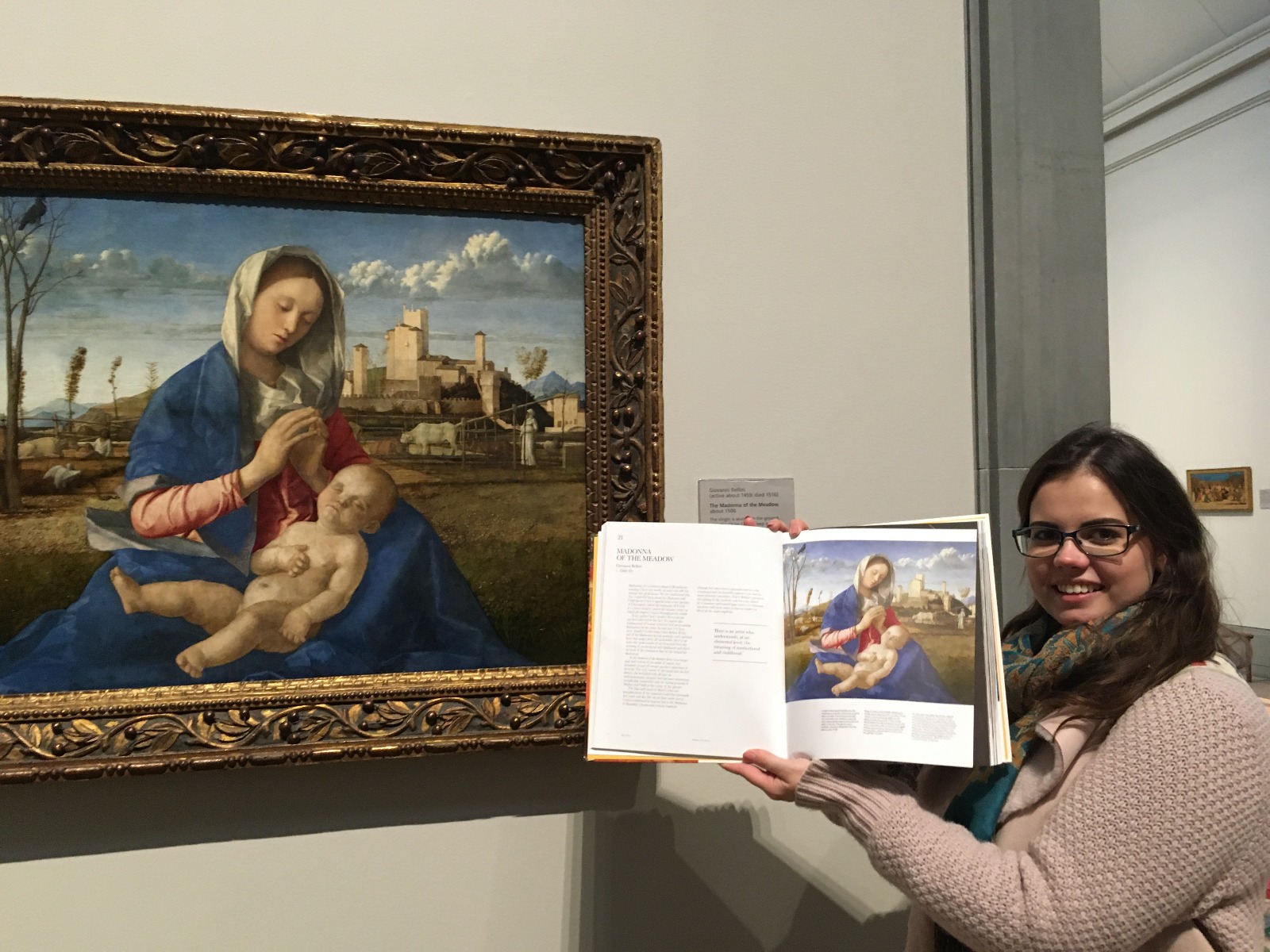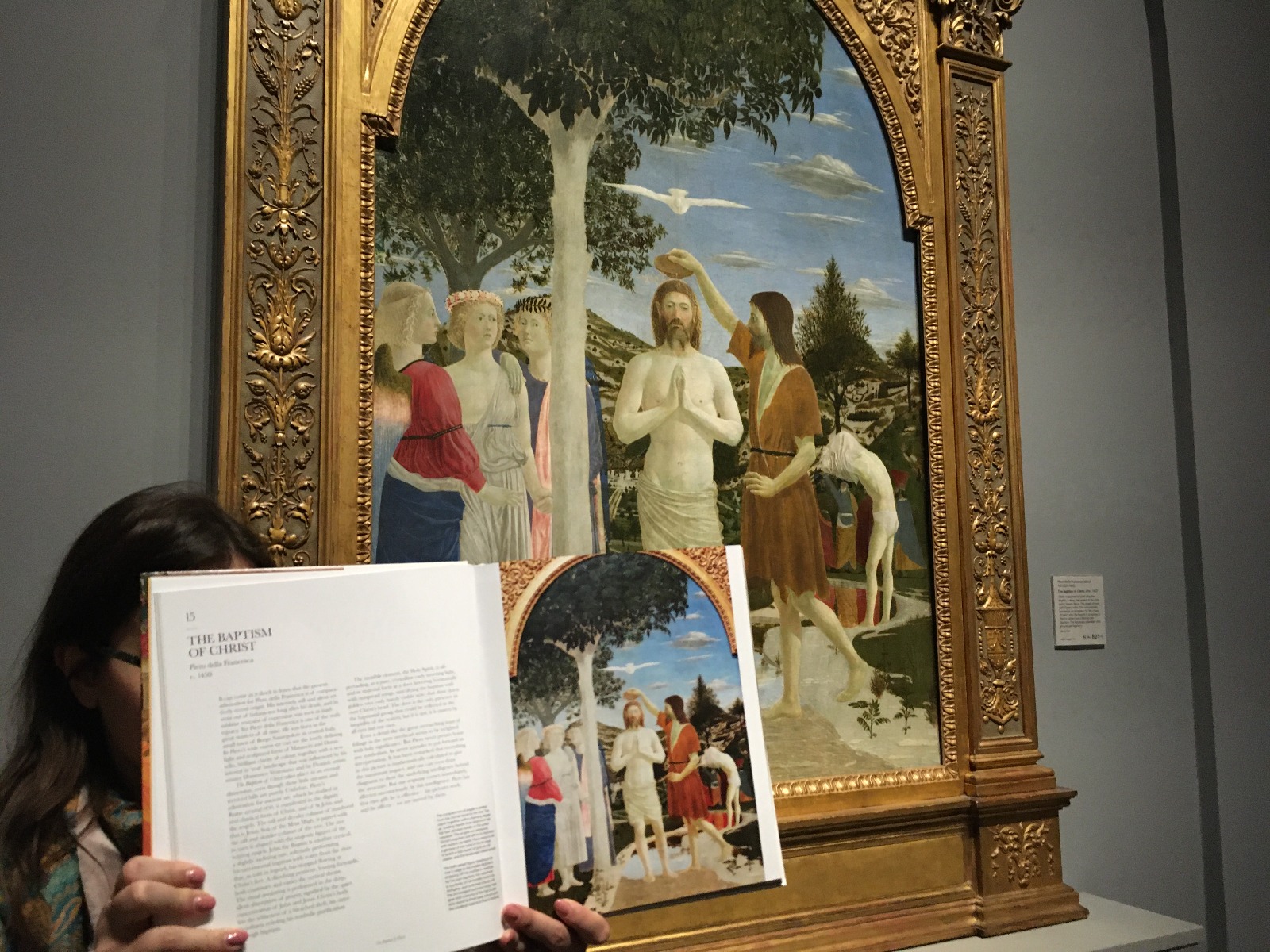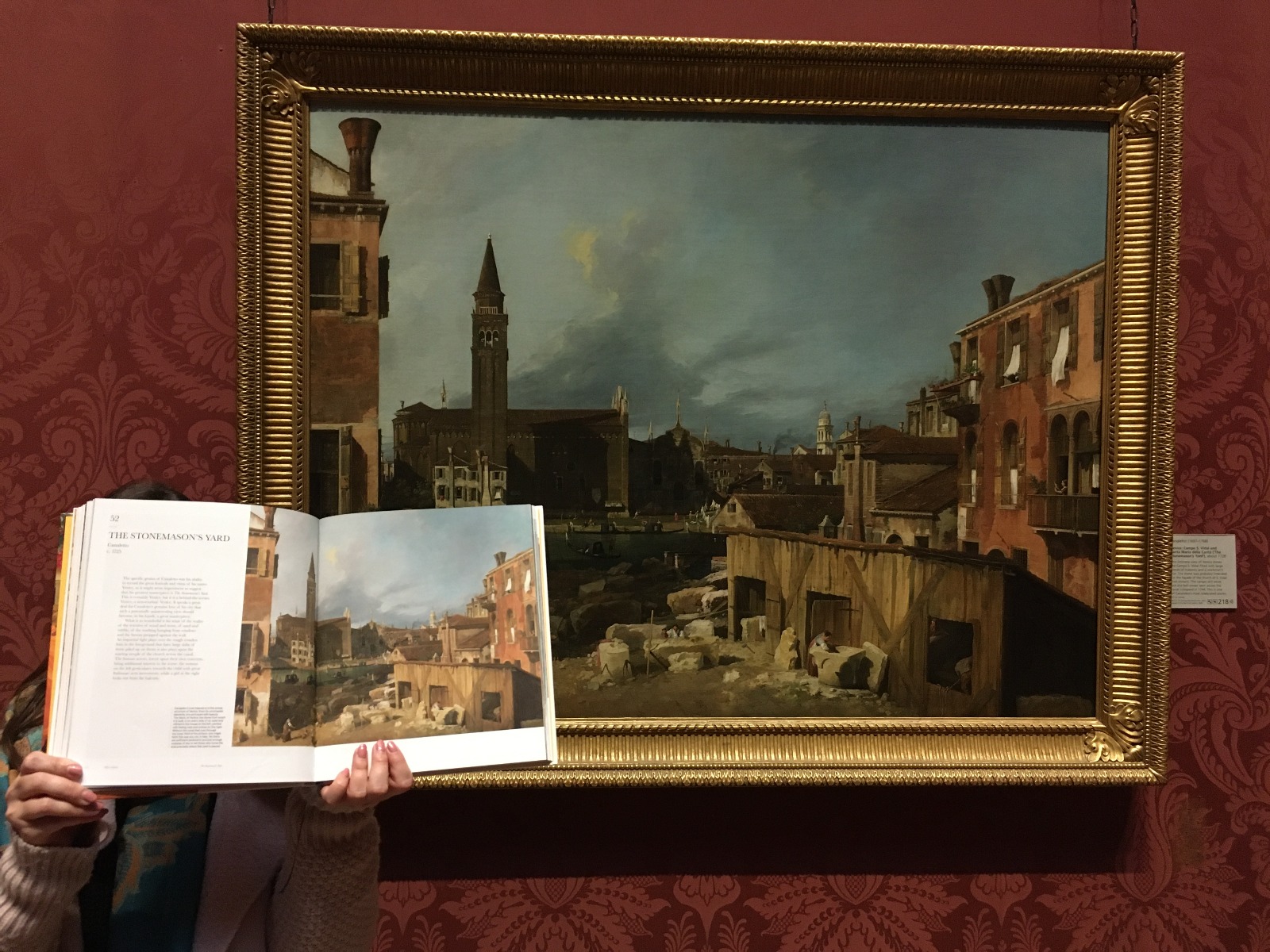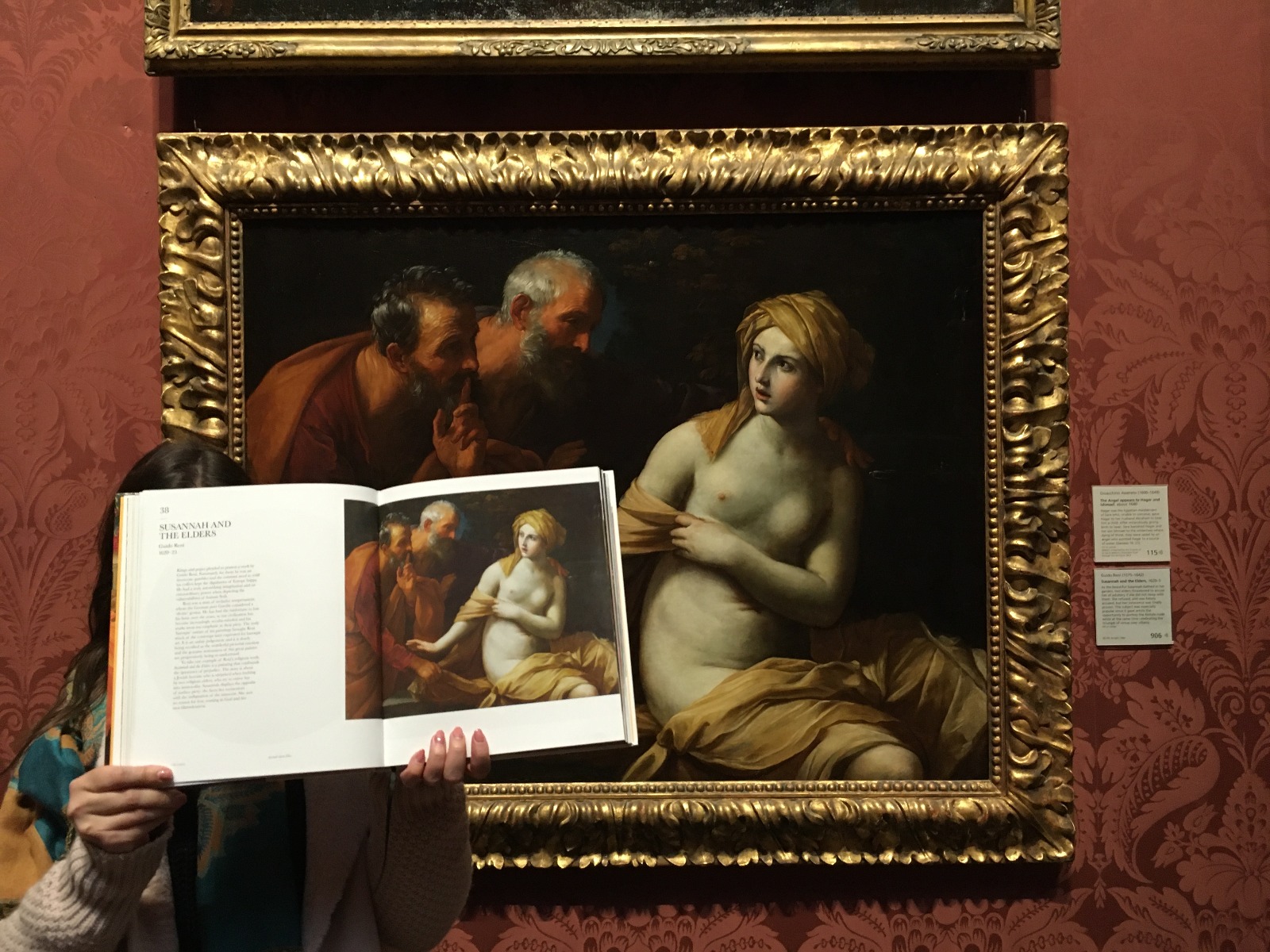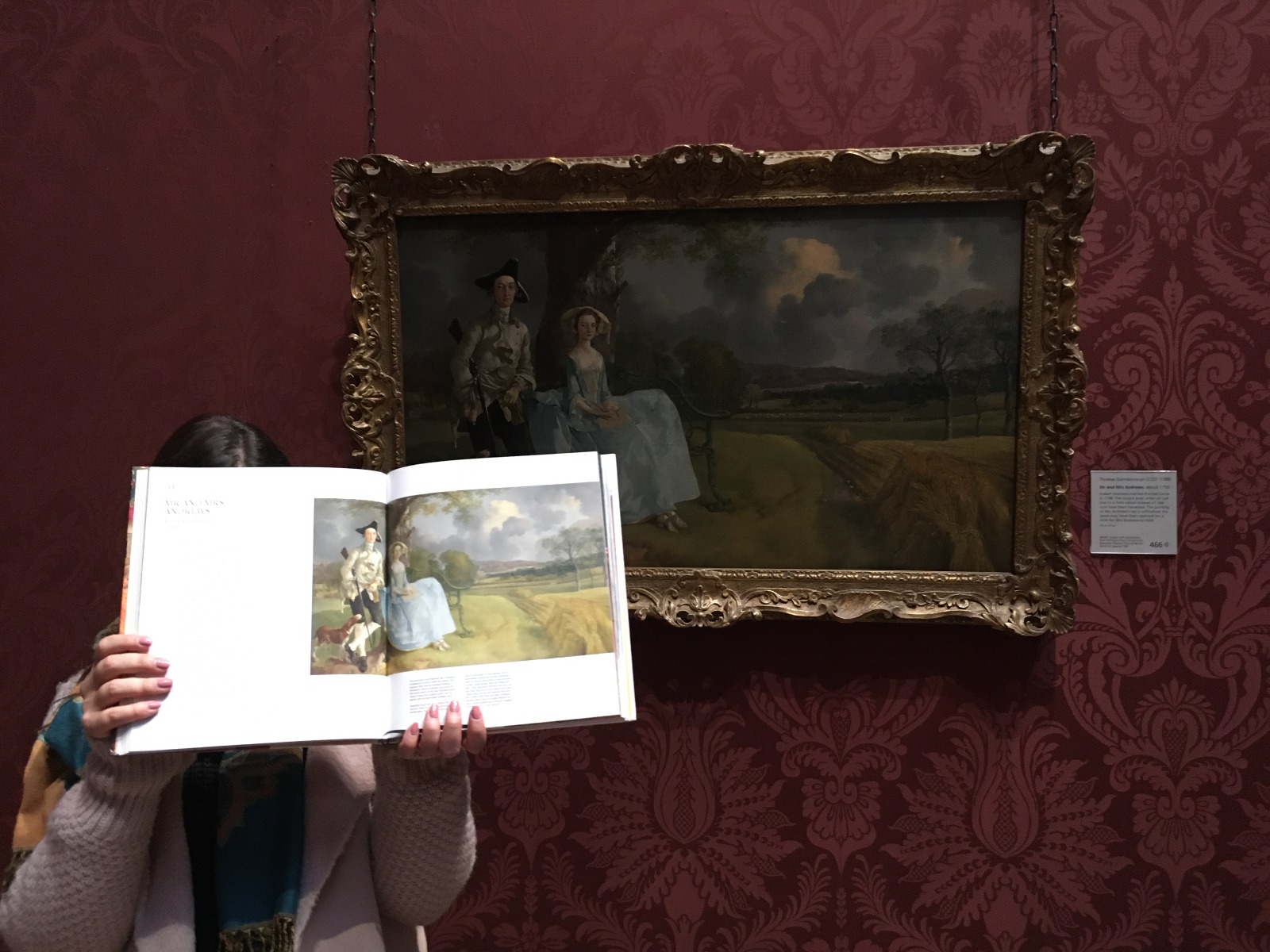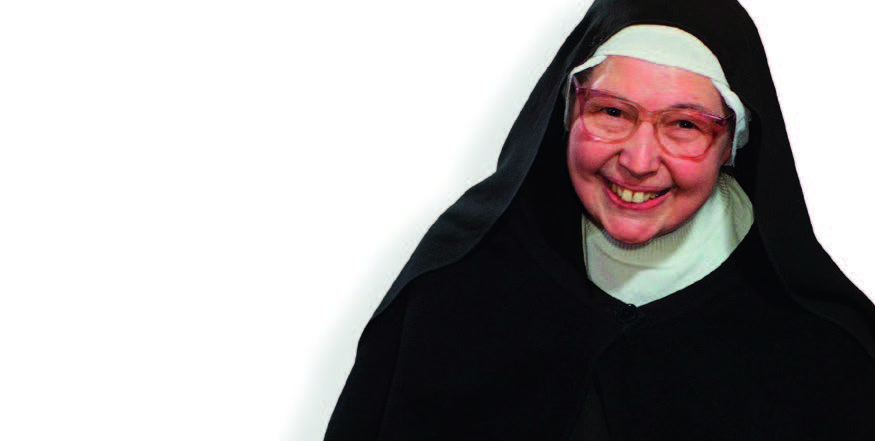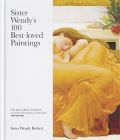We use cookies to make your experience better. To comply with the new e-Privacy directive, we need to ask for your consent to set the cookies. Learn more.
How many of Sister Wendy's favourite paintings have you seen?
How many of Sister Wendy's favourite paintings have you seen in real life? Many paintings from the recently published Sister Wendy's 100 Best-loved Paintings are hanging up inside the National Gallery. We decided to visit the gallery to see how many we could find...
If you haven't already heard we recently published Sister Wendy's 100 Best-loved Paintings, an anthology of her all-time favourite paintings. Shortly before she passed away last year she agreed to compile a list of her all-time favourite paintings, and the result is this stunning art book!
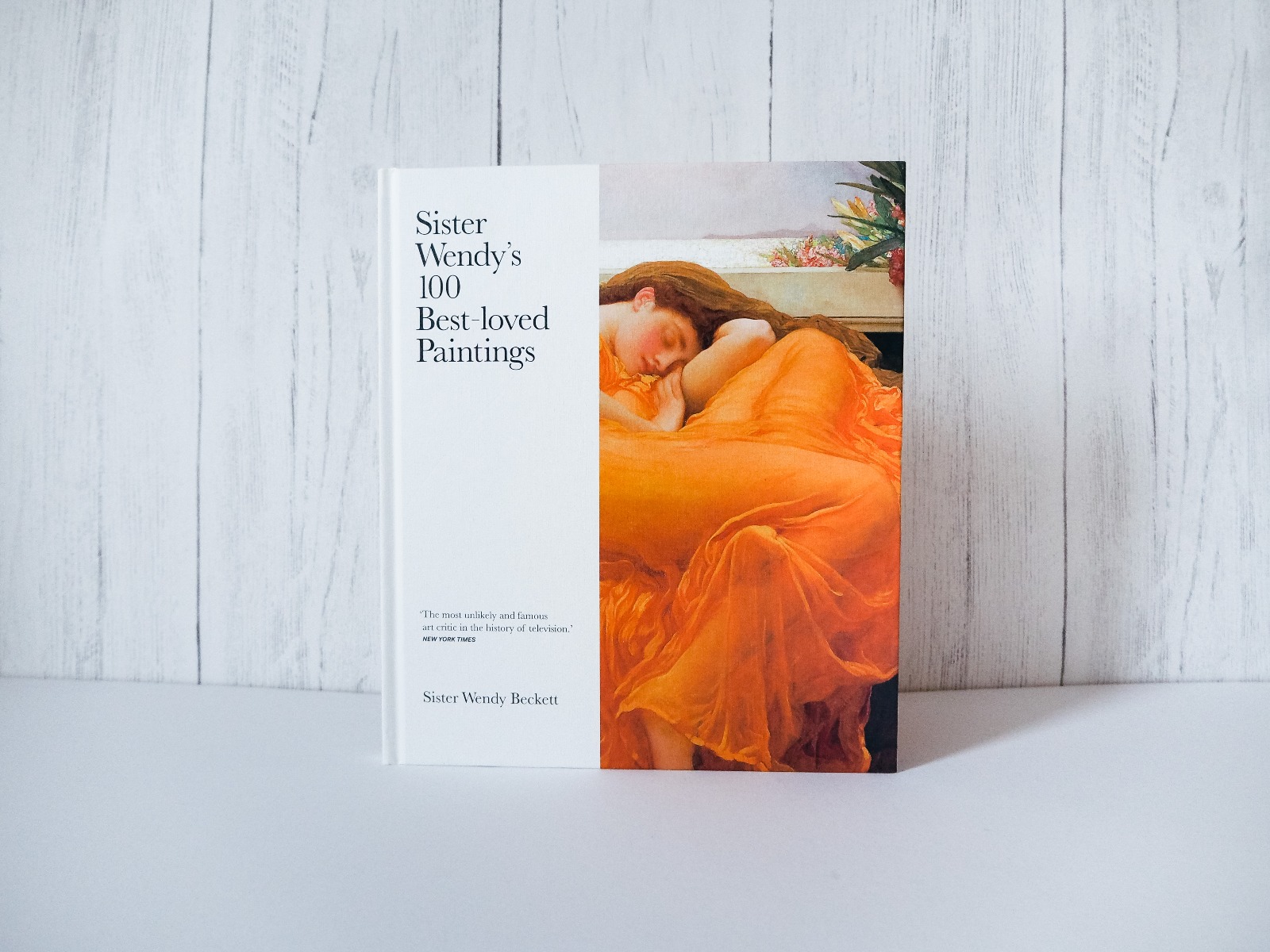
With 100 paintings featured and many of them sitting in UK galleries we decided to venture out to the National Gallery to see how many we could find...
Each photo below is accompanied by an extract from the book itself.
1. Titian, Nole me Tangere (1514)
It is in Titian’s paintings that we find a freedom prophetic of the art of today: the actual material of the paint is valued for its inherent expressive qualities – in harmony with, but distinct from, the narrative of the paintings. Titian is perhaps the most important of all the great painters of the Renaissance.
2. Giovanni di Paolo, Saint John the Baptist Retiring to the Desert (c. 1453) 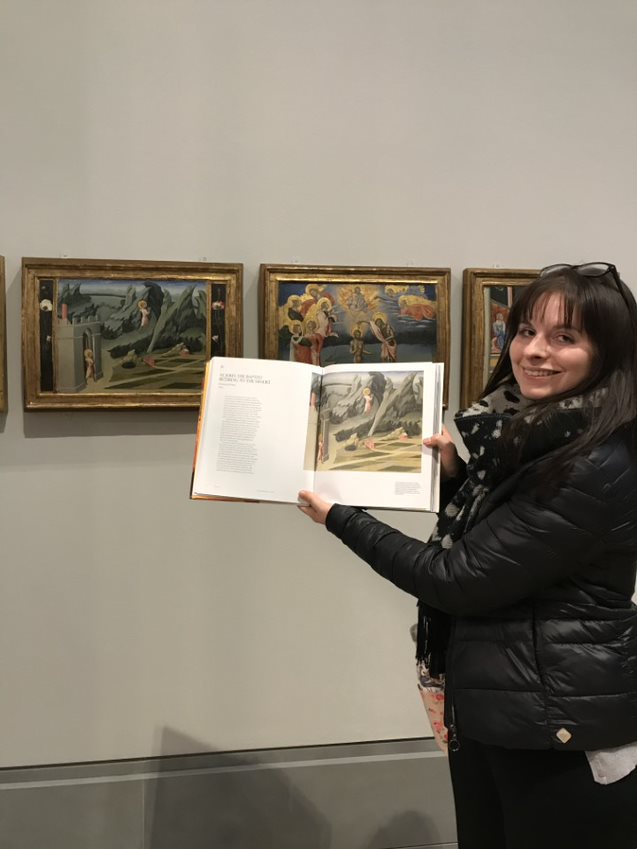
This charming picture, with its courage and eccentricity, is framed by two flower panels. Perhaps Giovanni is indicating that John leaves behind the blossoming that is natural to humanity, or perhaps he is suggesting the very opposite – that the life that awaits him can flower more richly than any other.
3. Jan van Eyck, The Arnolfini Marriage (1434)
The bed, the single burning candle, the solemn moment of joining as the young groom is about to place his raised hand in his betrothed’s, the fruit, the faithful little dog, the rosary, the unshod feet (since this is the ground of a holy union), and even the respectful space between Giovanni Arnolfini and his wife, Giovanna Cenami, are all united in the mirror’s reflection. All these details exalt us and at the same time make us aware of the human potential for goodness and fulfilment.
4. Jean-Simeon Chardin, The Young Schoolmistress (1738-39)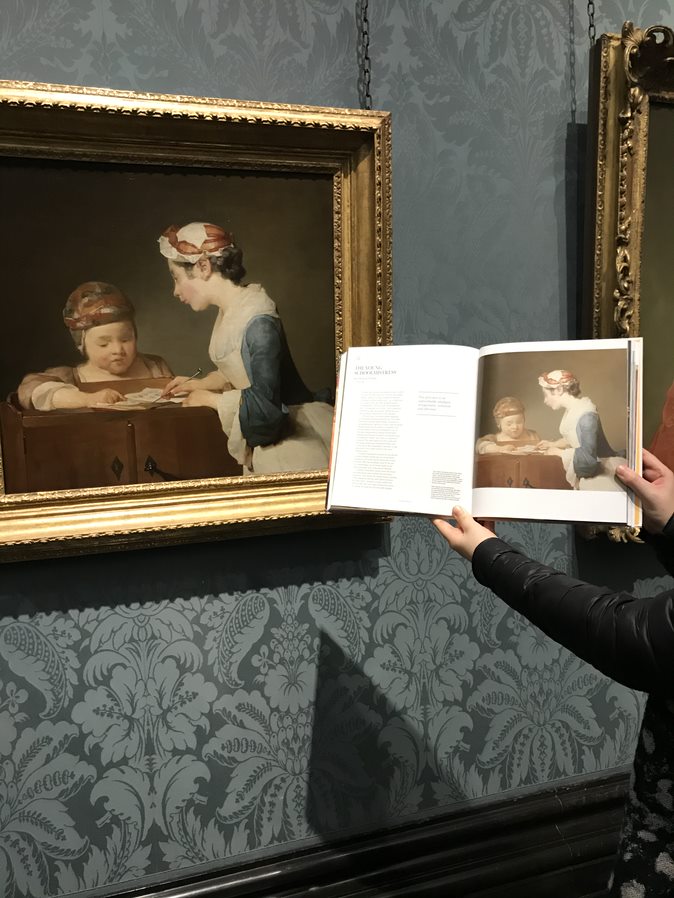
The chubby, fumbling hands of the infant, the tense, poised hands of the girl, the chins – jutting out abruptly in the elder, plump and subdued in the younger – every part of this picture works together to give us this image of the sublimity of normal human intercourse.
5. Giovanni Bellini, The Madonna of the Meadow (c.1500-05)
A large raven broods heavily over the meadows: a reminder of the ever-present figure of death. The bird perches high up in the small, thin, leafless trees that sway imperceptibly against the luminous pallor of the sky. Though its role is symbolic, the bird is integrated into the natural order of life.
6. Piero della Francesca, The Baptism of Christ (c. 1450)
Piero shows us the small town of Borgo Sansepolcro, with its fortified towers appearing piteously small and insignificant in the distance. His treatment of the distinctly Umbrian landscape immediately distinguishes him from his contemporaries and displays an unprecedented naturalism.
7. Jan Steen, Skittle Players Outside and Inn (c.1660-63)
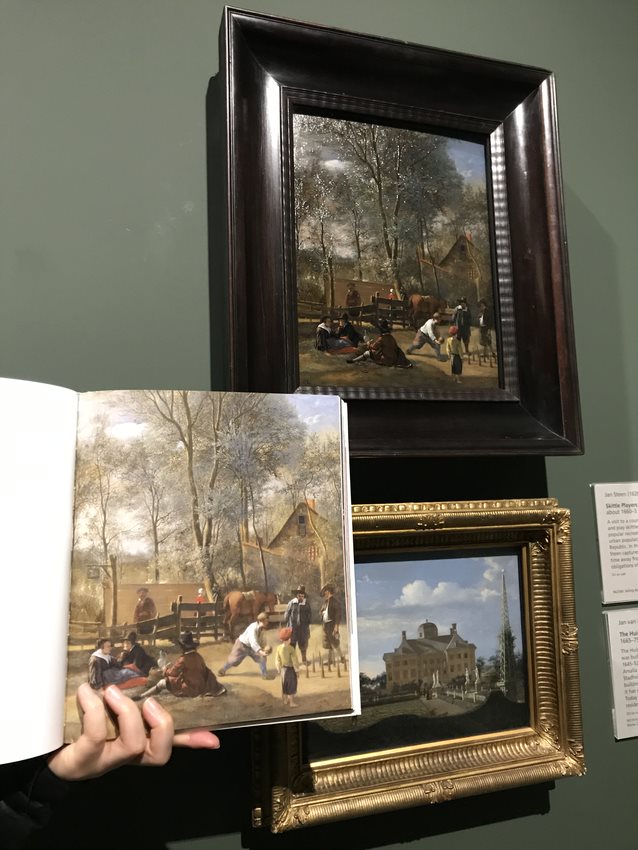
Jan Steen is not one of my favourite painters, but this is one of my favourite paintings. I find it hard to exaggerate the charm of this early evening scene, with people picnicking on the grass and players engaged in the long, serious activity of skittles.
8. Sandro Botticelli, Mystic Nativity (1500-01) 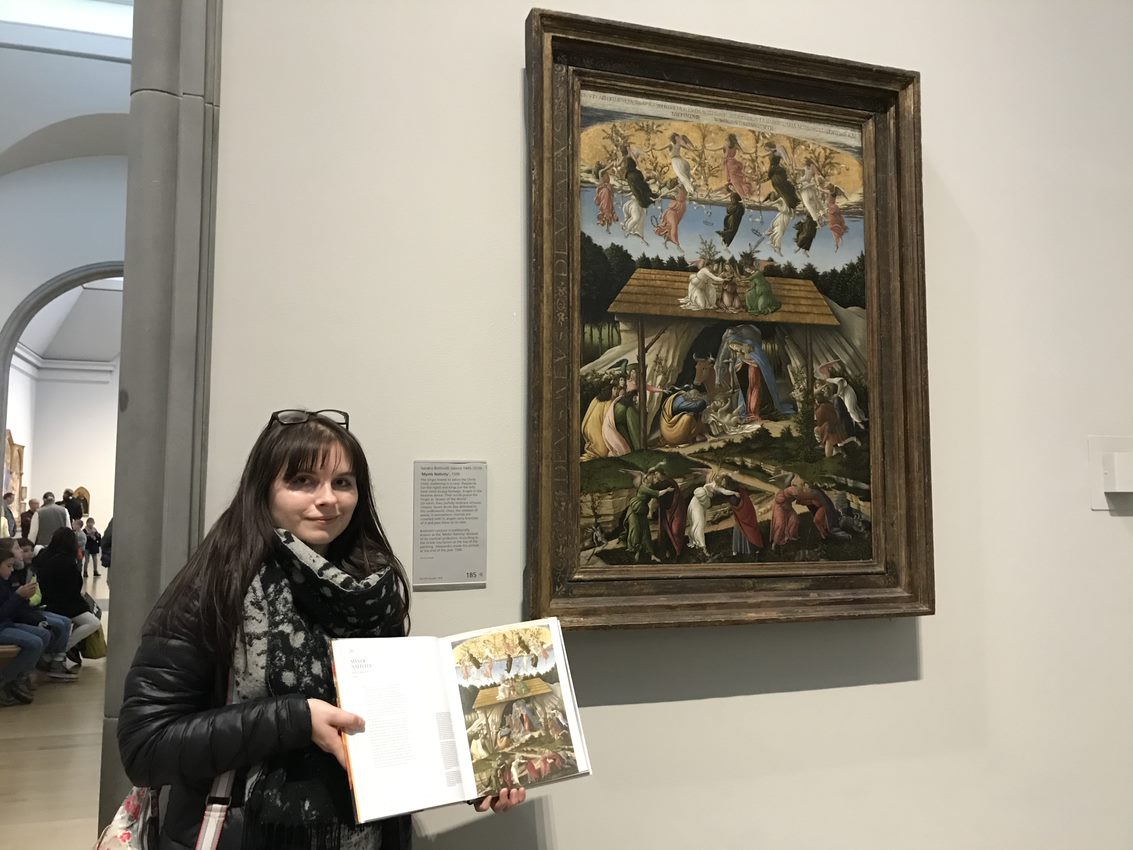
In this great painting, we are shown three levels of reality. In the centre, larger than life-size, Mary and Joseph are rapt in adoration, while the small Jesus opens his arms in love. On either side cluster the shepherds, brought to the crib by angels. In most Christmas scenes, as in the Gospels themselves, the announcement to the shepherds is enough to send them searching. Botticelli feels that human nature needs more than an announcement. Not only do the angels bring the shepherds, but they encourage them, embrace them, crown them with olive wreaths and urge them forward.
9. Caravaggio, Supper at Emmaus (1600-01)
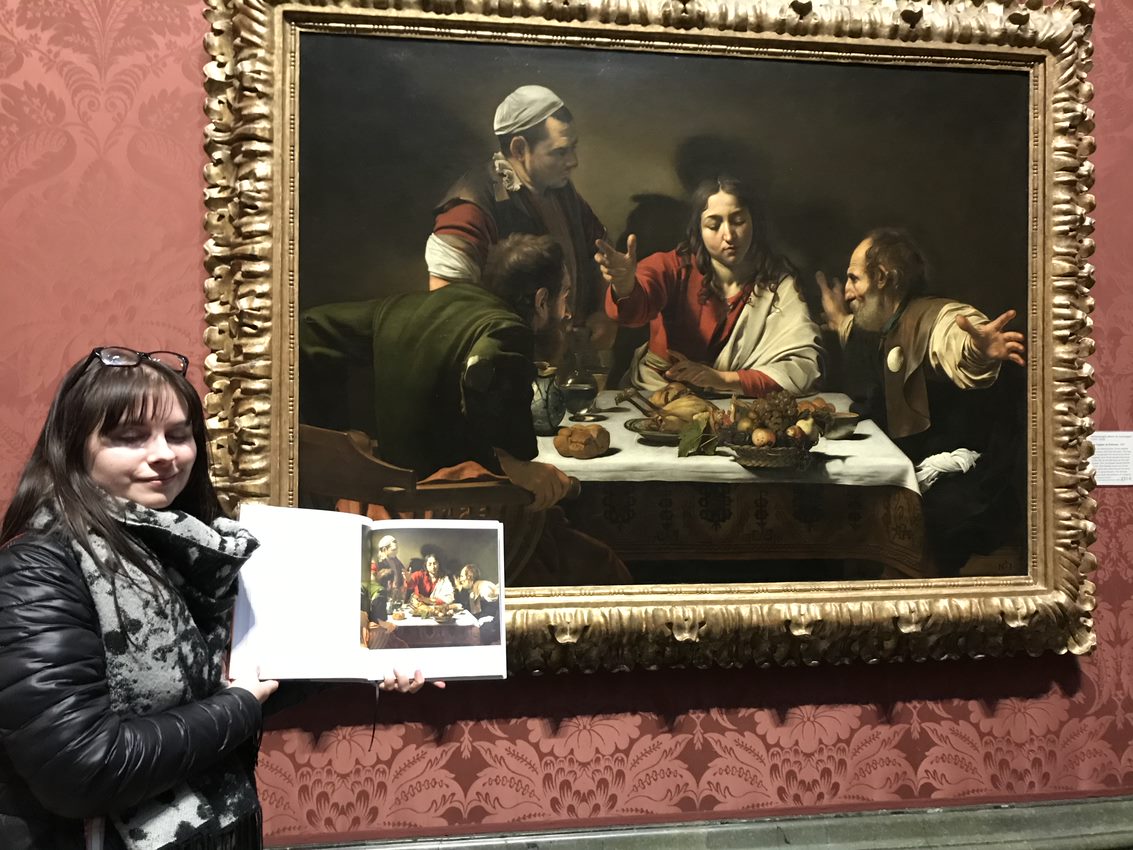
The image of Christ is that of a young man, almost a youth. Caravaggio may have been influenced by paintings by Leonardo in his unusual depiction of Christ without a beard. He is serene and remote, having transcended the agonies leading up to and during his crucifixion, and the difficulties of mortal life. He appears, as stated in Mark’s Gospel, ‘in another likeness’.
10. Canaletto, The Stonemason’s Yard (1726-30)
Canaletto’s true interest is in the actual structure of Venice. Even its unromantic elements are portrayed with beauty. The fabric of Venice, the stone from which it is built, is on every side of us: solid and refined in the house on the left, painted with fading reds and ochres on the right.
11. Rogier van der Weyden, Magdalen Reading (c.1435)

Mary Magdalene is a saint whom we can only see in fragmentary glimpses. We know that this reading woman is the Magdalene because she has by her side the alabaster vase with which Christ’s feet were anointed at the supper with Simon. Yet there is no evidence that this anointing woman, of bad local repute, was the same woman as the sister of Martha, who sat silent at the feet of Jesus when he visited their house, or with the Mary Magdalene out of whom ‘seven devils’ were cast and who met the risen Jesus in the garden. So we have only a picture of this saint cobbled together from the gospel jigsaw, and maybe incorrectly. If she was indeed a sinner, here we see her in the quiet watchfulness of prayer
12. Guido Reni, Susannah and the Elders (c. 1620-25)
To take one example of Reni’s religious work, Susannah and the Elders is a painting that confounds the ignorance of prejudice. The story is about a Jewish heroine who is surprised when bathing by two religious elders, who try to entice her into immorality. Susannah displays the opposite of surface piety: she faces her tormentors with the indignation of the innocent. She sees no reason for fear, trusting in God and her own blamelessness.
13. Thomas Gainsborough, Me and Mrs Andrews (1748-49)
The most famous of Gainsborough’s early portraits is the unconventional Mr and Mrs Andrews. The young newlyweds pose in their ancestral fields – she in the height of fashion, scowling over her silks, he casual and somehow adolescent. The Andrews portrait takes its verve from its paradoxically real and unreal portrayal of the sitters, who appear doll-like and yet are nonetheless totally convincing, and from its strikingly original composition.


